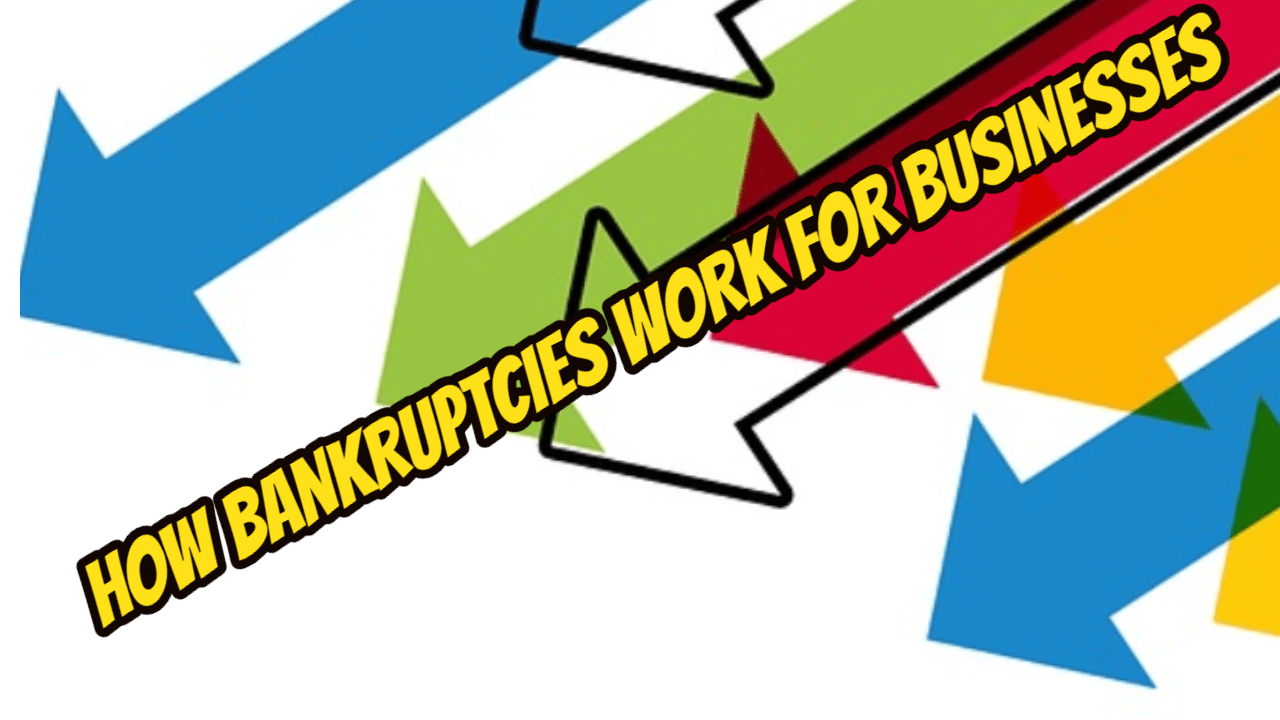[monkeytools msnip=”http://monkeyplayr.com/playr.php?u=5173&p=20756″]
Introduction
There has been two recent bankruptcy Canada new events that I believe are important to discuss. I believe you will hear more about it over the next few months. The two are unrelated.
One deals with the insolvency of oil and gas companies. The other with the rights of retired people and their company pensions and health benefits when their former employer goes into insolvency proceedings.
Bankruptcy Canada – The Redwater decision fallout
I have previously written about the Supreme Court of Canada decision in the Redwater Energy Corporation matter. On January 31, 2019, the top Federal Court released its decision in the case of Orphan Well Association v. Grant Thornton Ltd. The Supreme Court reversed 2 Alberta lower Court decisions. It is now the law of the land that, prior to lenders or creditors getting any type of repayment, the receiver or trustee will need to invest the funds from the sale of assets on the environmental remediation costs on all orphaned wells, that provincial legislation may need.
The decision made it clear that the receiver or trustee does not need to spend cash it does not have from the sale of assets or other recoveries. However, whatever amount it recoups from the sale of assets, on a net basis, will initially need to go to provincially mandated clean-up costs of the financially troubled company’s wells. This is before secured or unsecured creditors see a penny.
Trident Exploration Corp.
Now for the fallout. Natural gas producer Trident Exploration Corp. (Trident) ceased operations on April 30, 2019. On May 3 on application to the Court by the Alberta Energy Regulator’s Orphan Well Association, Trident was placed in receivership.
Its staff and contractors have been terminated and its 3,600+ wells are being transitioned to the Alberta regulator.
The company claimed it had functioned openly and collaboratively with its lenders and the regulator since February. It further reported that it was unable to see that a successful restructuring could be accomplished in a timely fashion. Therefore, Trident’s lender stopped supporting the business. Due to this, Trident does not have the funds to run its infrastructure or enter into insolvency proceedings. Consequently, they have determined to walk away, leaving greater than 3,600 sites, a number of them active, without an operator.
The regulator then issued its order for the sites to be properly decommissioned and capped off. On April 30, Trident, without replying to the regulator’s order or addressing their environmental obligations, the Directors ceased operations, terminated its staff and contractors. The Board then resigned. Trident’s wells will soon be transferred to the Orphan Well Association.
The Redwater effect
Trident blamed the recent Redwater Supreme Court decision which ruled that capping of orphan oil and gas wells and environmental remediation should take priority over lenders when a business goes bankrupt and leaves behind orphan wells.
Trident also said that the Redwater decision, regulatory uncertainty and current low pricing has developed a treacherous setting for energy companies that dare to risk their capital in Canada.
Trident estimates that its total abandonment and improvement obligations are about $329 million. They estimate that with those costs, any recovery by secured lenders is unsure and there would be no funds for either unsecured creditors or shareholders.
The Redwater effect is that the Court’s decision has had the unintended result of increasing Trident’s financial distress and accelerating the abandonment of its wells, has it had no funds to live up to its obligations.
Only time will tell if other insolvent energy producers take the route of Trident by just shutting down and abandoning its business and leaving its wells for the regulator to deal with.
Bankruptcy Canada – Retiree pension and health benefit rights protection in insolvency proceedings
Another topic I have previously written about is the lack of protection for retirees for pension and health benefit payments when the former employer enters insolvency proceedings. Rank-and-file members of the United Steelworkers (USW) from across Canada were on Parliament Hill to consult with MPs and requesting a commitment to legislate protection for retired workers. The USW very much want to make this a 2019 federal election issue.
The 2019 federal budget plan was very quiet on any type of commitment to shield workers and retirees by treating them as protected or priority creditors in our insolvency laws.
As a result of high-profile cases such as Nortel in Ottawa, Stelco in Hamilton and Sears, the USW is committed to campaigning for retirees to have a safe future.
Retirees understand just how unsecure their pension plans and benefits might be if a firm gets into restructuring under the Companies’ Creditors Arrangement Act (CCAA) or any proceeding under the Bankruptcy and Insolvency Act (Canada) (BIA).
Pensions are delayed earnings and, by the time financial institutions as well as various other creditors are paid, there is nothing left for workers for any shortfall or benefit payments. The USW feels that all Canadians ought to be outraged by the treatment of retired Canadians in corporate insolvency matters.
This is why they met with MPs Senators. They want to focus on a collection of recent Bills presently before the House of Commons and the Senate. Two are before the House of Commons but they have not progressed. One is sponsored by the New Democratic Party, and the other by the Bloc Québecois. They are focused on reforming the CCAA and the BIA to offer top priority to claims by workers arising out of an underfunded pension plan and the removal of benefits.
An additional Bill, presented in the Senate late last year by now-retired Senator Art Eggleton, likewise aims to grant secured standing for pension claims.
It will be interesting to see if the Conservative Party picks up on this important debate and turns it into an election issue. The Liberal Party had promised to deal with this issue in the last four years, but alas, they have not delivered.
Bankruptcy Canada – Summary
Corporations that cannot afford to properly shut down their business and retirees losing out on benefits they worked their whole life for are important issues in insolvency. Does your company not have enough cash to continue its operations? Did you not receive all amounts you are entitled to and now are facing personal financial problems?
If so, call the Ira Smith Team today. We have decades and generations of experience assisting people and companies trying to find financial restructuring or a financial debt negotiation strategy. As a licensed insolvency trustee, we are the only professionals licensed, recognized and supervised by the federal government to supply insolvency advice and carry out strategies to aid you to stay clear of personal bankruptcy.
Call the Ira Smith Team today so you can cut the stress, anxiousness and pain from your life that your financial issues have caused. With the special roadmap, we establish just for you, we will immediately return you right into a healthy and hassle-free life.
You can have a no-cost analysis so we can help you fix your debt troubles. Call the Ira Smith Team today. This will most certainly allow you to go back to a new healthy and balanced life, Starting Over Starting Now.









 The television air waves are clogged with real estate reality shows – buying properties, selling properties, real estate flipping properties, renovating properties, income properties… There’s a real estate show that demonstrates every facet of the business and it all looks very simple. But I’m pretty sure that not one real estate reality show told you that real estate flipping when purchasing from a
The television air waves are clogged with real estate reality shows – buying properties, selling properties, real estate flipping properties, renovating properties, income properties… There’s a real estate show that demonstrates every facet of the business and it all looks very simple. But I’m pretty sure that not one real estate reality show told you that real estate flipping when purchasing from a 



